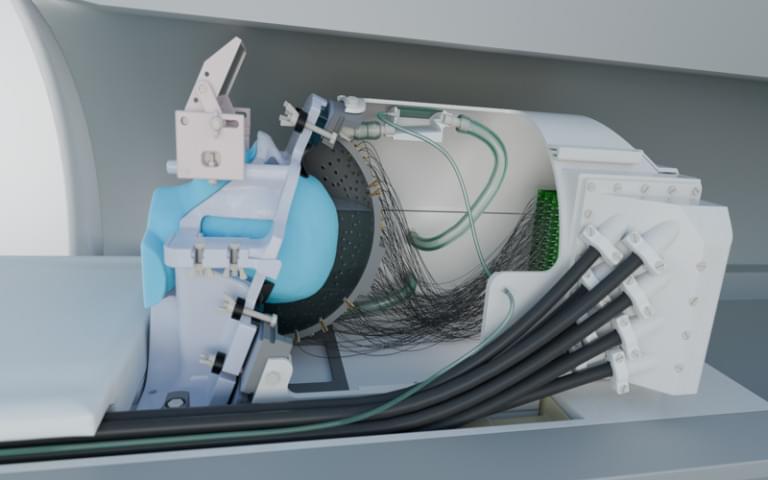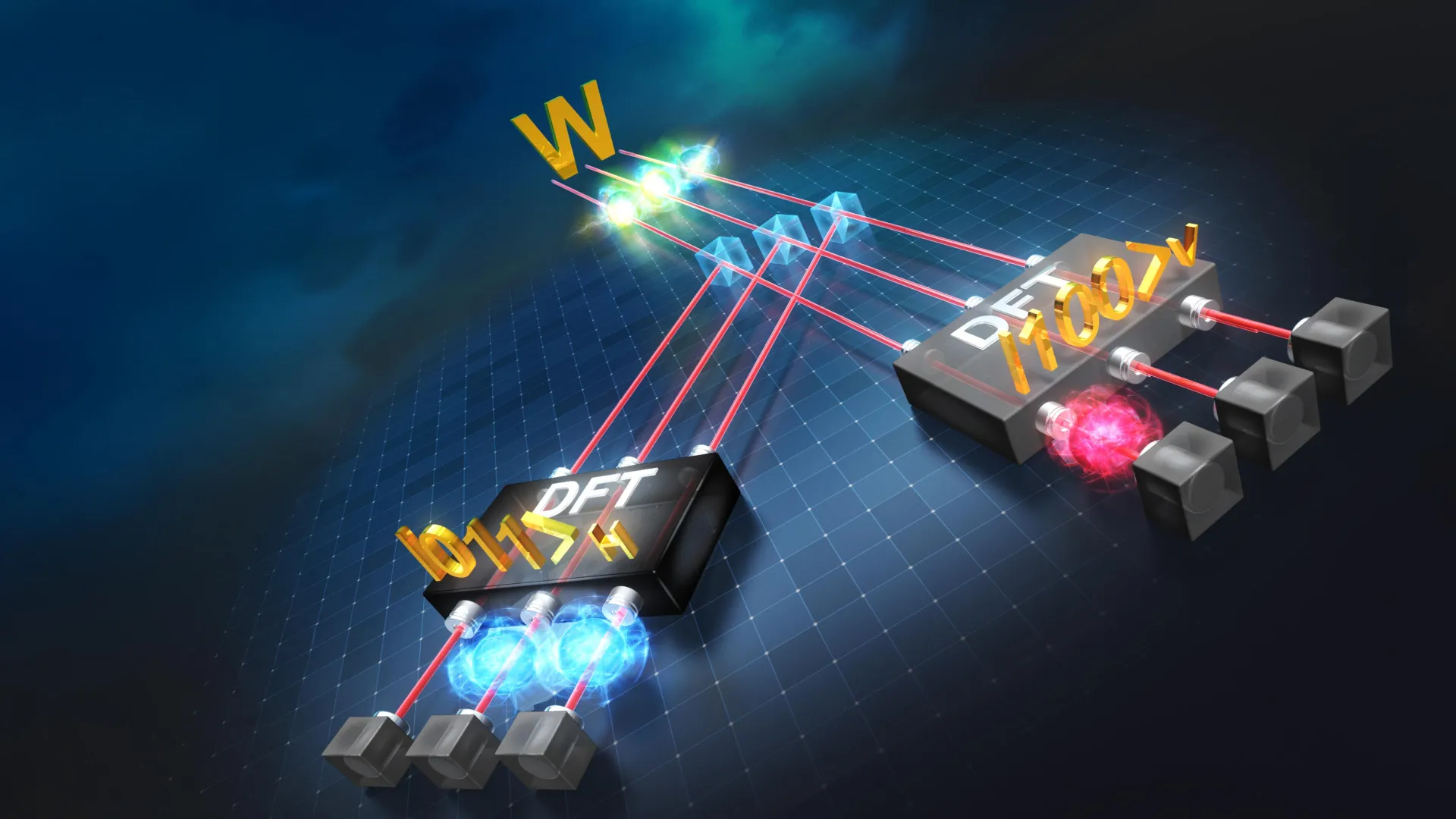Hans Nelson
Get the latest international news and world events from around the world.
US Energy Secretary’s INSANE Bet Against Elon Musk
Questions to inspire discussion.
Energy for AI and Infrastructure.
🤖 Q: How does AI development impact energy demands? A: AI development will drive massive demand for electricity, with solar and batteries being the only energy source with an unbounded upper limit to scale and meet these demands.
⛽ Q: Can solar energy support existing infrastructure? A: Solar energy can produce synthetic biofuels and oil and gas through chemical processes, enabling it to power existing infrastructure that runs on traditional fuels.
Expert Predictions.
🚗 Q: What does Elon Musk predict about future energy sources? A: Elon Musk predicts that solar and batteries will dominate the future energy landscape, citing China’s massive investment as a key factor in this prediction.

AI system leverages standard security cameras to detect fires in seconds
Fire kills nearly 3,700 Americans annually and destroys $23 billion in property, with many deaths occurring because traditional smoke detectors fail to alert occupants in time.
Now, the NYU Fire Research Group at NYU Tandon School of Engineering has developed an artificial intelligence system that could significantly improve fire safety by detecting fires and smoke in real-time using ordinary security cameras already installed in many buildings.
Published in the IEEE Internet of Things, the research demonstrates a system that can analyze video footage and identify fires within 0.016 seconds per frame—faster than the blink of an eye—potentially providing crucial extra minutes for evacuation and emergency response. Unlike conventional smoke detectors that require significant smoke buildup and proximity to activate, this AI system can spot fires in their earliest stages from video alone.


Single psilocybin trip delivers two years of depression relief for cancer patients
Psilocybin, the active ingredient in magic mushrooms, might just revolutionize how depression and anxiety are treated in cancer patients. In a groundbreaking trial, a single dose combined with therapy significantly reduced emotional suffering, and these effects often lasted over two years. As follow-up studies expand the research to multiple doses and larger samples, scientists are eyeing a possible new standard of care that merges psychedelics with psychological support.


Daniel Yon Explains Why Your Brain Is a Brilliant Illusionist
You probably think you’re listening to my voice right now. But what if I told you that you’re actually experiencing a sophisticated hallucination?
Perception isn’t the passive process that most of us imagine it to be, with our senses simply recording reality and sending it up to our brains for processing. Instead, our brains are constantly constructing theories about what’s going on around us—and sometimes our brains get reality wrong.
Here to explain this mind-bending way of looking at, well, the mind, is Daniel Yon, an associate professor of cognitive neuroscience and director of the Uncertainty Lab at Birkbeck, University of London. Daniel is also the author of a recent book called A Trick of the Mind: How the Brain Invents Your Reality.
Thank you so much for coming on to chat with us.
Thank you for having me.
So why don’t you start by telling me a little bit about your background and how it led you to write your latest book.
Yeah, so I’m an experimental psychologist and a cognitive neuroscientist, so that means my day job is to try and understand how your mind and brain work and how what happens inside your skull kind of makes the world that you live in.

Repetitive negative thinking is associated with cognitive function decline in older adults: a cross-sectional study
Psychological problems such as depression and anxiety increase the risk of cognitive impairment in older adults. But mechanisms on the effect of psychological disorder on cognitive function is inconclusive. Repetitive negative thinking (RNT) is a core symptom of a number of common psychological disorders and may be a modifiable process shared by many psychological risk factors that contribute to the development of cognitive impairment. RNT may increase the risk of cognitive impairment. However, there are fewer studies related to RNT and cognitive function, and there is a lack of epidemiological studies to explore the relationship between RNT and cognitive function.
A cross-sectional study of 424 older adults aged 60 years or over was performed form May to November 2023 in hospital. To investigate the RNT level by using the Perseverative Thinking Questionnaire (PTQ), and investigate the cognitive function level by using the Montreal Cognitive Assessment Scale (MoCA). Multivariable linear regression and subgroup analyses were used to explore the relationship between RNT and cognitive function.
We categorized the total RNT scores into quartiles. The multivariable linear regression analysis showed that after adjusting for all covariates, the participants in the Q3 and Q4 groups exhibited lower cognition scores (Q3:β =-0.180, 95%CI-2.849~-0.860; Q4:β =-0.164, 95%-2.611~-0.666) compared to the Q1 group. The results of the subgroup analyses showed that individuals aged 60 ~ 79 years, junior high school and above are more prone to suffer from cognitive impairment with a high RNT score.
Elon Musk: Robotaxis Will Replace Personal Cars, Not Just Uber
Questions to inspire discussion.
🧠 Q: How does Tesla’s upcoming AI chip compare to the current one? A: Tesla’s AI5 chip will be 40 times better than the current AI4 chip, which is already capable of achieving self-driving safety at least 2–3 times that of a human.
💰 Q: What is the expected pricing for Tesla’s robotaxi service? A: Tesla’s robotaxi service is projected to cost $2 per mile at launch, which is cheaper than Uber rides in high-cost areas like Seattle.
Impact on Transportation.
🚘 Q: How will robotaxis affect car ownership? A: Robotaxis are expected to become a viable alternative to car ownership, especially when prices reach $1 per mile, making them cheaper than options like airport parking.
💼 Q: How does Tesla’s robotaxi cost compare to competitors? A: Tesla’s robotaxi can be built and deployed for half the cost of competitors like Whim, potentially offering more competitive pricing.